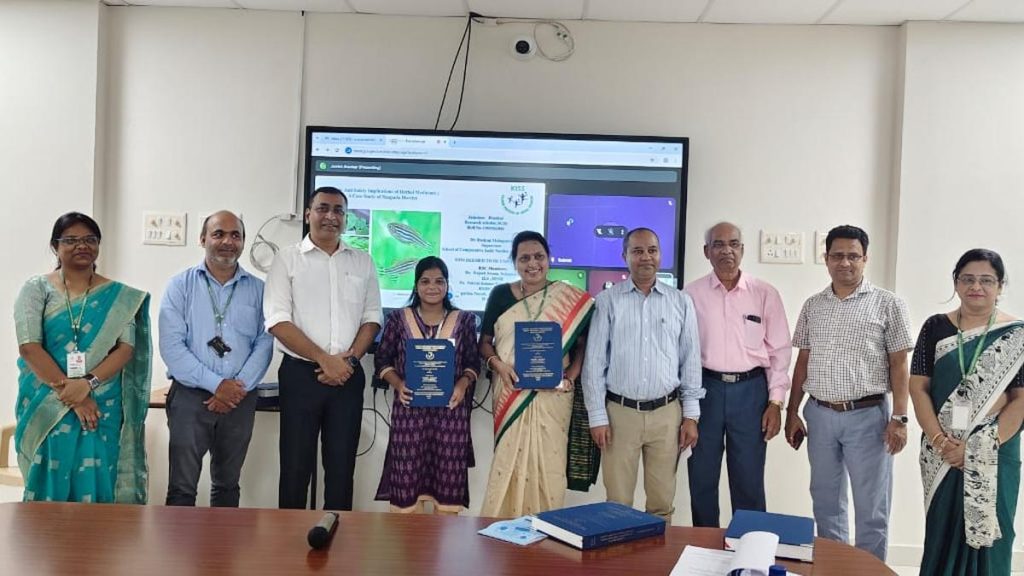Now Reading: Low-Cost Brain Health Sensor Developed by BITS Pilani & IIT Bombay
-
01
Low-Cost Brain Health Sensor Developed by BITS Pilani & IIT Bombay
Low-Cost Brain Health Sensor Developed by BITS Pilani & IIT Bombay

Quick Summary
- Researchers from BITS pilani (Hyderabad Campus) and IIT Bombay have developed a nano-engineered fiber-optic sensor to detect L-tyrosine, an amino acid crucial for brain health, hormone regulation, and neurological balance.
- L-tyrosine abnormalities are linked to conditions such as Parkinson’s disease,thyroid disorders,and mood imbalances.
- The sensor uses molecular imprinting technology embedded on U-shaped optical fibers to achieve rapid detection with high sensitivity (0.36 micromoles). It offers 99-104% accuracy in tests using human blood/serum.
- Benefits: Portability, affordability, reliability over 15 days even after multiple washes; unaffected by other biomolecules like glucose or dopamine.
- Integrated with handheld devices for bedside use; could assist in early detection of neurological or hormonal disorders like Parkinson’s or thyroid dysfunctions.
- Potential applications extend beyond healthcare into food safety testing and environmental monitoring.
- Lead investigator Sanket Goel emphasized accessibility for communities; co-author Soumyo Mukherji highlighted its meaning in addressing global healthcare needs.
- published findings are available in IEEE Transactions on Instrumentation and Measurement.
Indian opinion Analysis
The development of this nano-engineered fiber-optic sensor marks a meaningful technological breakthrough with direct implications for public health systems in India-especially given its potential affordability and portability. As neurological disorders like Parkinson’s disease continue to rise globally alongside hormonal imbalances affecting millions domestically, the ability to accurately diagnose issues at point-of-care facilities could mitigate the burden on larger hospitals while empowering underserved communities.
Additionally, by broadening applications across food safety and environmental monitoring sectors-a critical need as India navigates challenges around contamination-it underscores the versatility of indigenous innovation to solve cross-sectoral problems efficiently. Though, scaling production capacity while ensuring cost-effectiveness will determine how widely this device can be adopted across rural as well as urban settings.
Read more: Link

























